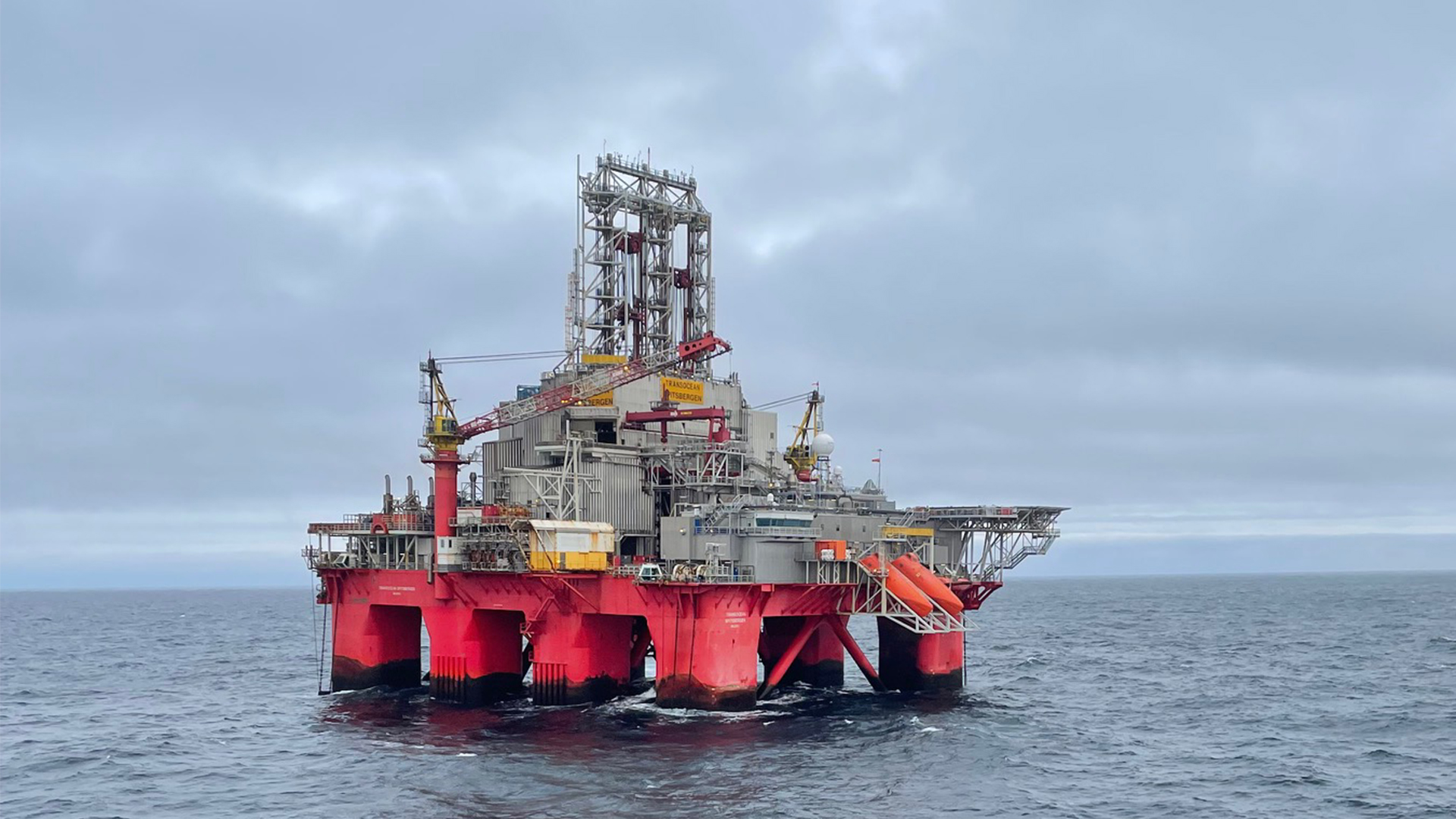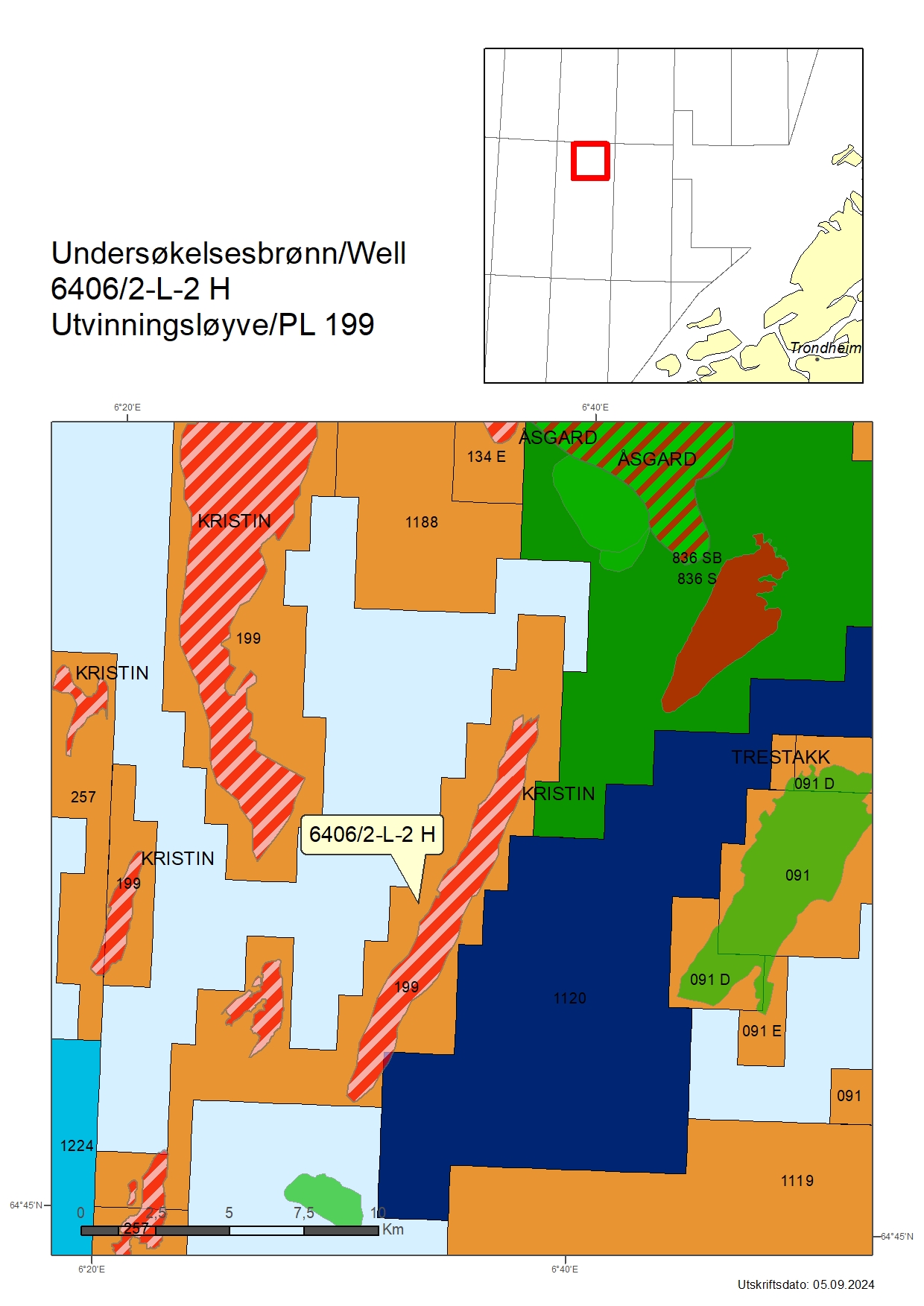Gas/condensate discovery in the Norwegian Sea (6406/2-L-2 H)

The Transocean Spitsbergen rig drilled the well. (Photo: Transocean)
9/10/2024 Equinor and its partners have proven gas/condensate in development well 6406/2-L-2 H, 260 kilometres southwest of Brønnøysund.
The well was drilled in connection with the Lavrans discovery, which is currently undergoing development.
The Transocean Spitsbergen rig drilled the well in production licence 199 in the Haltenbanken Vest Unit in the Norwegian Sea.
Preliminary estimates place the size of the discovery in the range of 2-4 million standard cubic metres (Sm3) of recoverable oil equivalent (o.e.).
The licensees will consider tying the discovery back to infrastructure being developed for Lavrans – which is a part of the Kristin field.
Geological information
The objective of the well was to prove petroleum in Lower Jurassic sandstones in the lower part of the Tilje Formation.
Well 6406/2-L-2 H encountered a gas/condensate column of about 30 metres in the lower parts of the Tilje Formation, with moderate to good reservoir properties. Gas/condensate was also proven in the upper parts of the Tilje Formation in a sandstone reservoir with moderate to poor reservoir properties. The well was not formation-tested.
The well was drilled to respective measured and vertical depths of 6075 and 5045 metres below sea level, and was terminated in the Åre Formation in the Lower Jurassic.
The wellbore has been permanently plugged, and the Transocean Spitsbergen will now continue drilling production well 6406/2-L-2 AY1H in the same location.

Updated: 9/10/2024